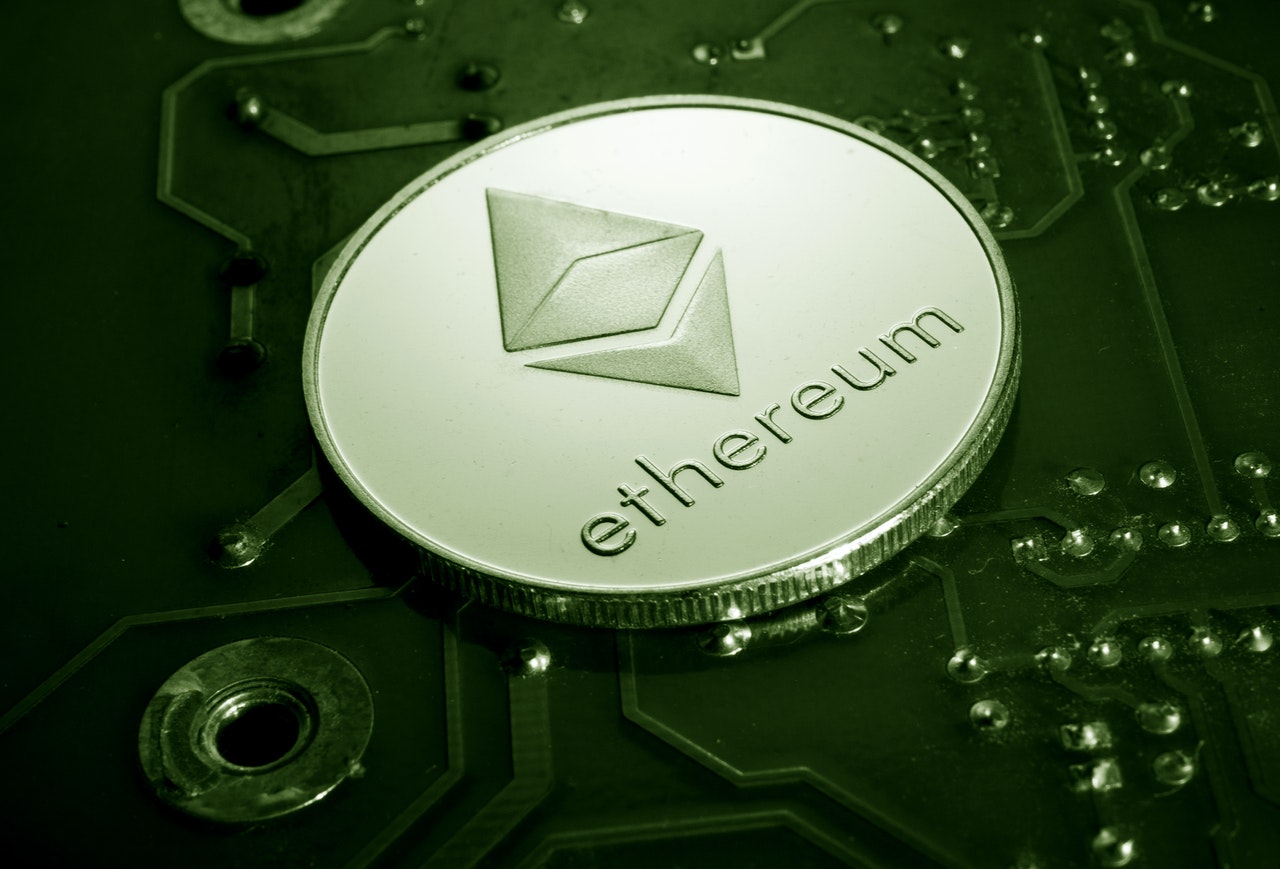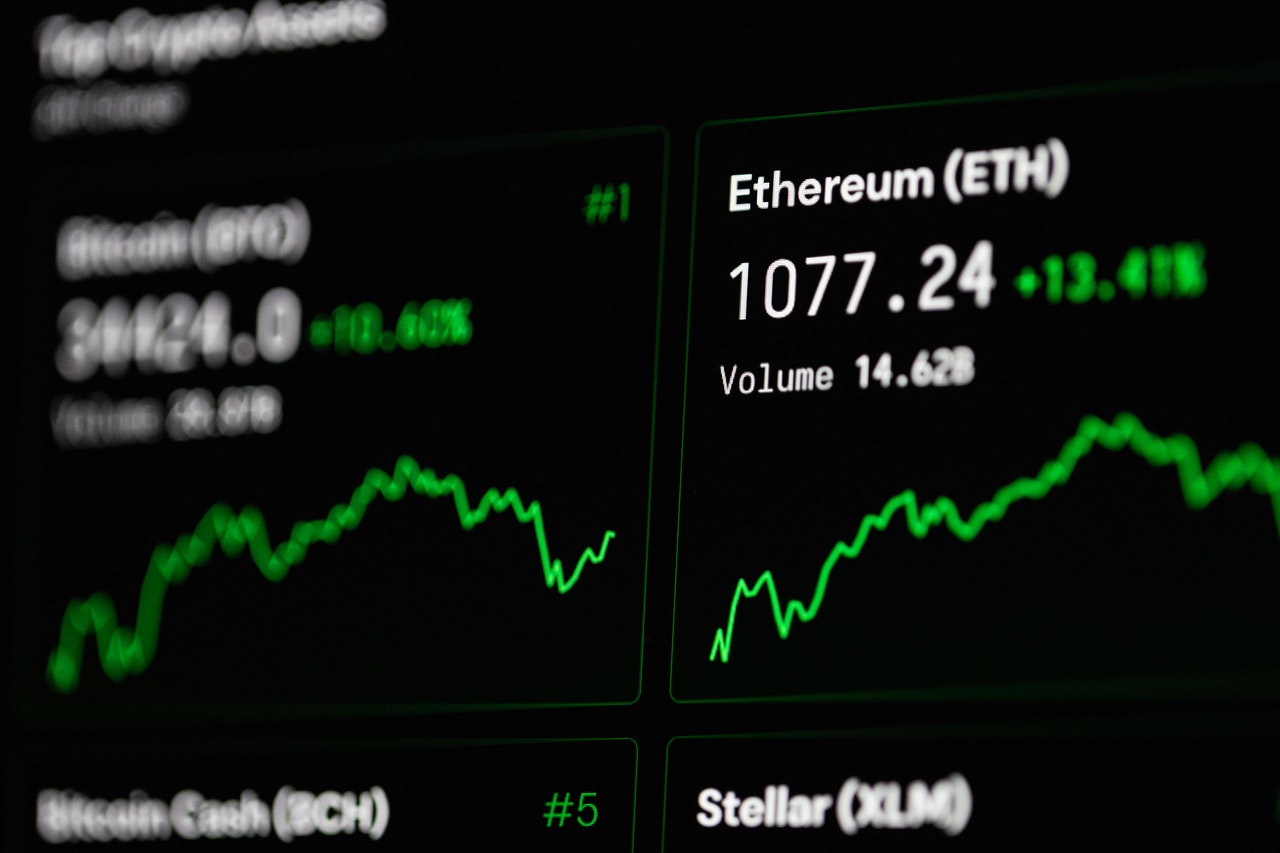The second largest cryptocurrency by market value, Ethereum has successfully completed its final dress rehearsal before the much-awaited major upgrade of the platform to Ethereum 2.0. The last dress rehearsal of Testnet Goerli has moved the platform much closer to deploying the proof-of-stake model for its network, which will consume significantly less energy. The Ethereum 2.0 Merge event is expected to occur by this month, which is considered the most important event in the history of the crypto industry.
Since the creation of Ethereum almost a decade ago, the cryptocurrency is being mined by a proof-of-work model. This model requires solving complex math equations, where thousands of miners compete to solve the equation first. This results in massive consumption of energy. The same mining approach is followed by Bitcoin.

For the past many years, Ethereum has been working to upgrade the network from a proof-of-work model to a proof-of-stake model. With this new model, the company believes that it will reduce over 99% of energy consumption. So, rather than using energy-intensive mining, the proof-of-stake model will require users to stake their current Ether collections to verify transactions and get rewards with new ethers. This approach eradicates the competition and might also result in faster transaction speed. So, when can we expect Ethereum 2.0 Merge? Let’s explore the testnet Goerli and see what it means for the upcoming Merge event.
Testnet Goerli – Everything You Need to Know
Goerli was one of the main test networks or testnets of Ethereum that was meant to simulate a process same as what the main network or mainnet will execute in September during the Merge event.
Goerli (named after a train station in Berlin) was the last of the three public testnets that the company planned to execute during the dress rehearsal of the Merge event. Testnets help developers to test new things and take necessary steps before the final update is rolled out all over the blockchain. The successful execution of the Goerli testnet presented that the proof-of-stake validation process reduced the energy demand significantly and also validated that the merger process works rightly. The success of Goerli testnet has made the mainnet Merge one step closer, and it is highly likely that the Merge will occur by this month.
The mainnet Merge is a very complex task that requires extensive efforts, trials, bugs fix, and a lot more. The developing team behind the merge event has performed multiple testnets prior to Goerli. The testnets are identical to their mainnet variants and help developers to test upgrades, look for bugs, pinpoint security loopholes, etc. Sepolia and Ropsten were the previous two testnet merges before Goerli that were also very successful. The success of all three testnets has indicated that the Merge will likely occur this month or at least by this year.
ETH Reaction to the Goerli Testnet
When the news of the success of Goerli testnet emerged, the Ethereum price showed a positive response and rose by around 12%. This showed how the community welcomed the much-awaited Merge event. However, the Ether price has declined from the upward trend, mainly due to the uncertainty in the crypto market for the past few months and the focus of investors to book profits before the upcoming merge, as per the research of CryptoSlate.
Ethereum Merge Countdown by Google
To your surprise, search engine giant Google is also on-board with the Ethereum Merge hype. Google has launched the countdown timer for the merge that will appear in the search if you search for the term “Ethereum Merge” or similar other terms.

For the past one month, the search data of the Ethereum upcoming merge is trending. The countdown ticker displays a close estimate of how much time is left till the merge will occur along with data on the current hashrate, algorithm difficulty, and merge difficulty. The timer also displays two cartoon pandas that are holding an object identical to Ethereum’s logo. As per developers, the pandas will come closer as the merge approaches.
The countdown by Google shows clear support for the Ethereum Merge. It is also beneficial for the crypto market because of the volatility of the crypto prices and the eagerness among investors for the next big news in the crypto space. The Ethereum Merge is already receiving positive responses across the crypto community, so it’s great to see that Google is also supporting the hype.
Wrapping Up – The Wait is Ending Soon
Since December 2020, the Ethereum developers have been testing the proof-of-stake model on a separate chain called beacon, which is running along with the current main proof-of-work chain. Beacon did help developers to solve many main problems.
The testnet Goerli also bought some other key development news. One of the main ones was the testnet Ropsten (the longest-running Ethereum testnet), which successfully merged its PoW execution layer with the PoS beacon chain. This news also gave clear signs that mainnet Merge will occur as per the plan.
Although Merge is a big event, but don’t think of the merge to cause a significant change in the network throughput or capacity. As per Ethereum Foundation, the gas fees will remain unchanged. The gas fee charges will depend on the demand and supply, i.e., more people using the blockchain will increase the gas fee charges and vice versa.
To sum up our discussion, the Ethereum Merge is undoubtedly one of the biggest events in the crypto market. Not just it is going to eradicate the energy-hungry mining model, it will also post numerous benefits for the developers and users. For example, developers will be able to build dapps much easier and more compatible. Moreover, the network will be able to process roughly 100,000 transactions per second. So, Ethereum Merge has a lot to offer and it’s just a matter of days that the much-awaited Merge will finally occur.